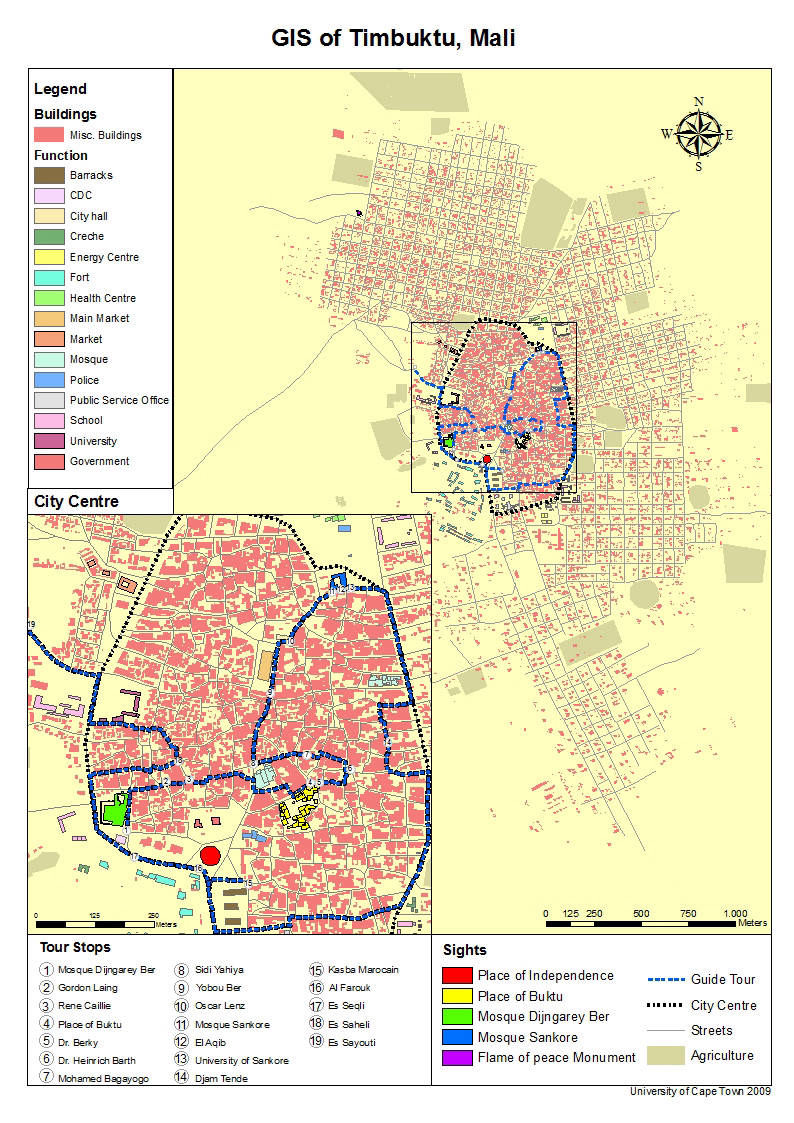 GIS of Timbuktu
GIS of Timbuktu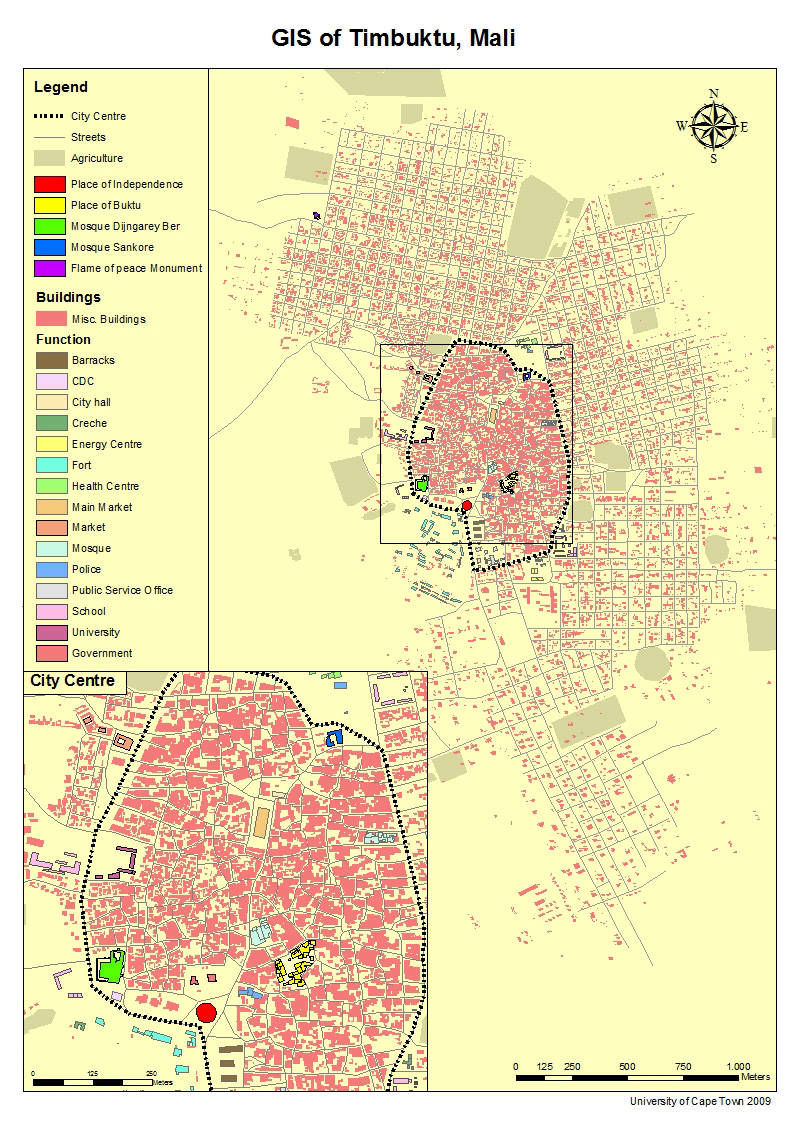 GIS of Timbuktu
GIS of Timbuktu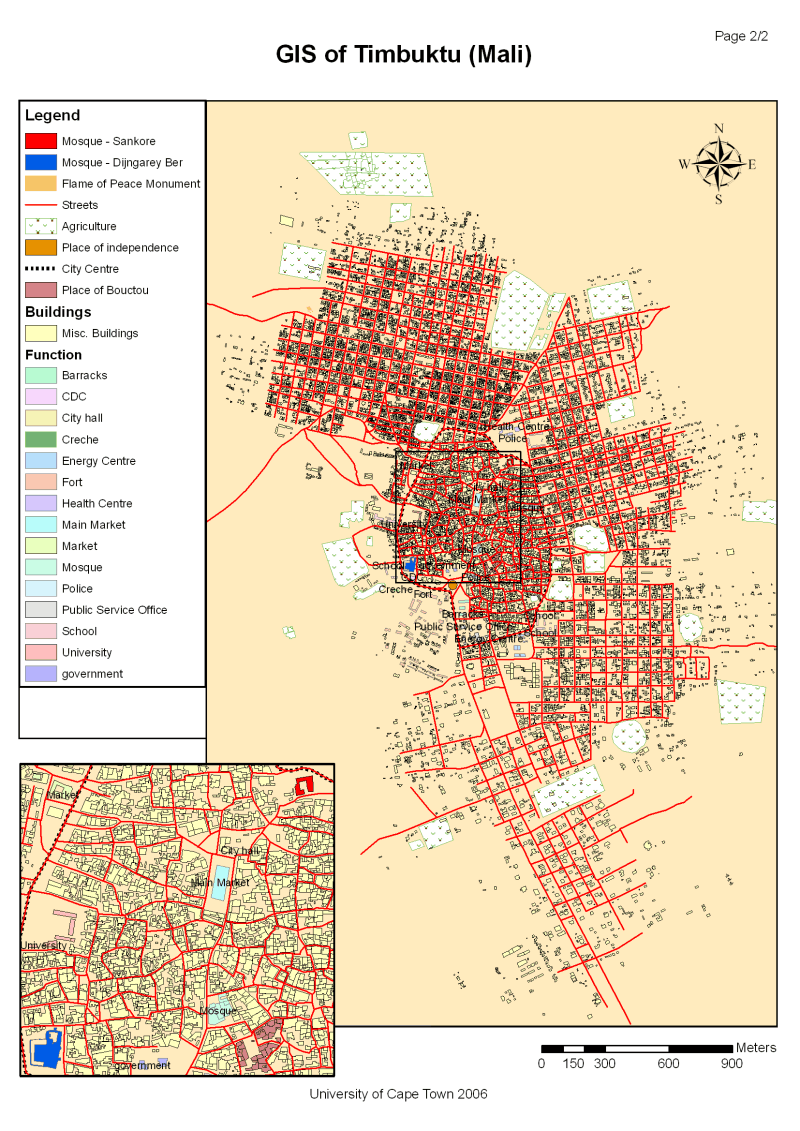 GIS of Timbuktu
GIS of Timbuktu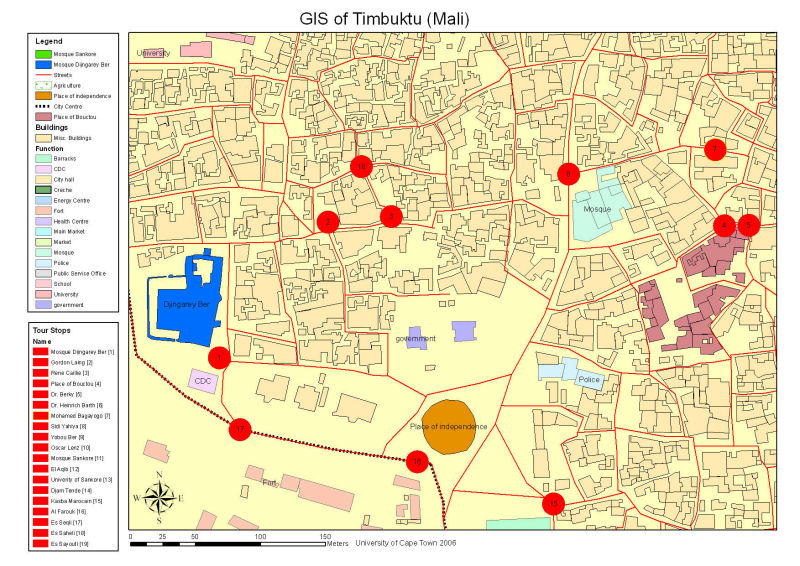 GIS of Timbuktu
GIS of Timbuktu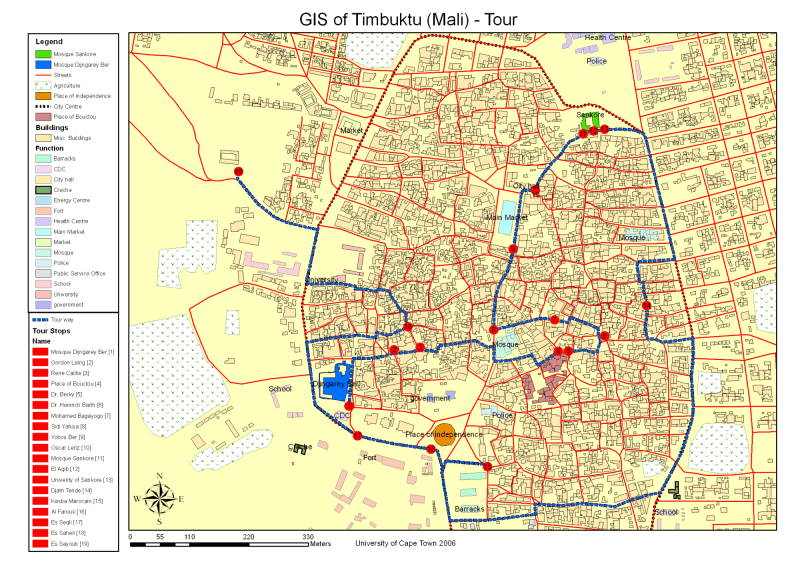 GIS of Timbuktu
GIS of TimbuktuA SITE OF THE GOLDEN AGE OF ISLAM IN AFRICA
TIMBUKTU, MALI
An intellectual and spiritual capital in the 15th-16th centuries, as well as the heart of Islamic growth throughout Africa, the city of Timbuktu is situated at the gateway to the Sahara desert. It was also an economic hub, and it’s marketplace saw the trading of manuscripts, gold, cattle, grain and salt. Timbuktu has three great mosques, including Djingareyber.
Desertification is a threat in Mali, and although these structures are restored regularly, they remain vulnerable. The Djingareyber Mosque was one of several madrasas (Arabic educational institution) that made up the University of Timbuktu, and its central minaret is a visible landmark in the urban landscape of the ancient Malian city. Parts of Timbuktu’s historic centre, including the Djingareyber Mosque, are a UNESCO World Heritage Site.
The spatial documentation of the Djingareyber Mosque took place in 2005. It was one of the first field campaigns undertaken by the Zamani Project, and the subsequent models produced were some of the first.
Similar sites (Mosques):
Gede mosque (Gede, Kenya), Shela mosque (Shela/lamu, Kenya), Djenné mosque (Djenné, Mali), Kilwa mosque (Kilwa, Tanzania), Songo Mnara mosque (Songo Mnara, Tanzania)
> Andrew W. Mellon Foundation
The environment surrounding the Mosque is artificial and doesn't represent the real environment.